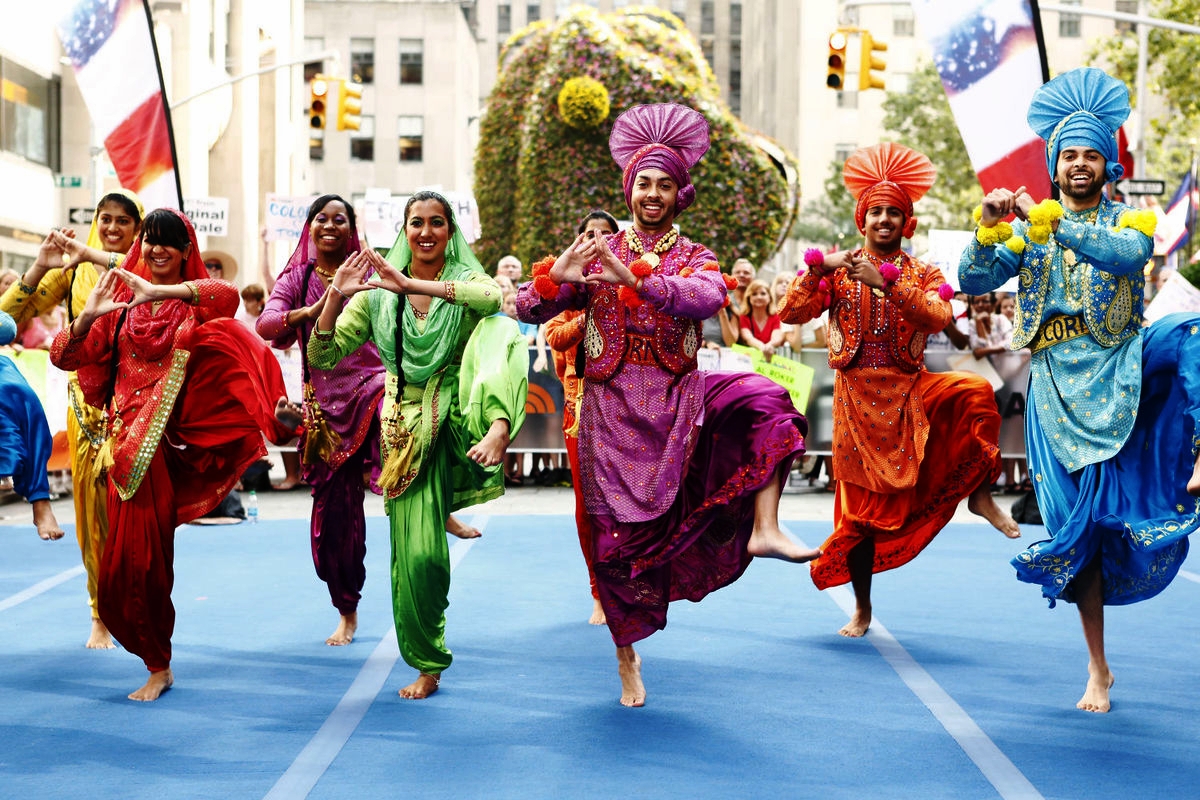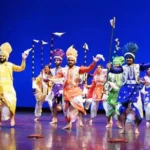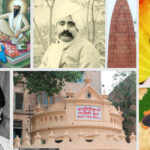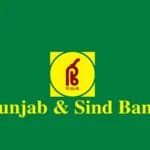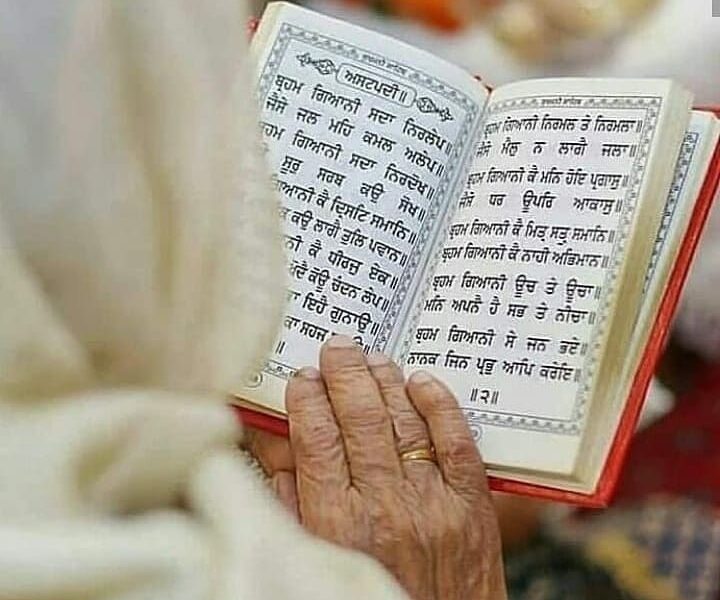In the vibrant and culturally rich state of Punjab, India, there is a traditional folk dance and music form that has captured the hearts of people all over the world – Bhangra. With its infectious beats, energetic movements, and colorful costumes, Bhangra has become an emblem of Punjabi culture and a symbol of joy and celebration.
Bhangra has deep roots in the agricultural history of Punjab. It originated as a way for farmers to celebrate the harvest season and express their gratitude to the gods for a bountiful crop. Over time, it evolved into a lively dance form performed during various festive occasions, weddings, and other social gatherings.
The heart of Bhangra lies in its music. Traditional Bhangra music features the dhol, a large double-headed drum, and the dholak, a smaller drum. These percussion instruments provide the signature rhythm that drives the dancers’ movements. Accompanying the drums are various other instruments like the tumbi, algoza, chimta, and dhad. These instruments create a unique and upbeat sound that instantly fills the air with infectious enthusiasm.
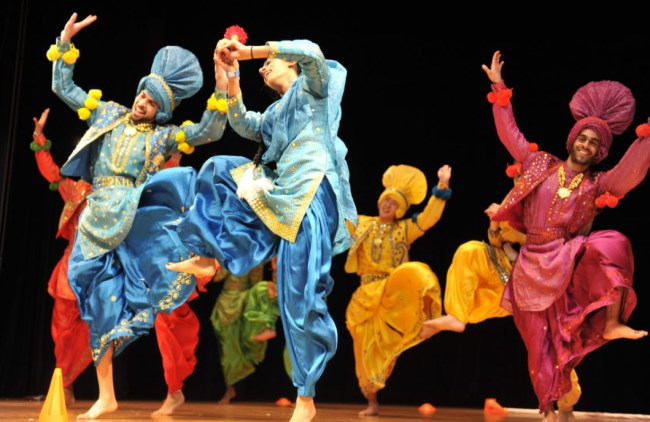
One of the most striking aspects of Bhangra is the vibrant and colorful costumes worn by the dancers. The traditional male attire includes a bright-colored, pleated tunic called a kurta, a fitted churidar (tightly fitting trousers), and a colorful turban. Female dancers wear similarly vibrant clothing, including a flowing salwar kameez and a colorful scarf or dupatta. These traditional outfits not only add to the visual appeal of the dance but also symbolize the rich cultural heritage of Punjab.
Bhangra performances are typically a group effort, where dancers come together in a circle or line formation. The movements are characterized by high-energy jumps, kicks, and rapid footwork, all perfectly synchronized with the rhythm of the music. The joy and enthusiasm of the dancers are infectious, often getting everyone around them up on their feet to join in the revelry.
In recent years, Bhangra has transcended its cultural boundaries and gained international popularity. The energetic beats and infectious spirit have made it a favorite at various cultural events and music festivals around the world. Punjabi communities in different countries have played a significant role in spreading Bhangra to the global stage, making it a symbol of Punjabi identity and unity.
The popularity of Bhangra has also led to its fusion with other music genres, giving rise to a contemporary genre known as “Bhangra fusion.” Artists and music producers from diverse backgrounds incorporate Bhangra elements into their compositions, blending them with hip-hop, reggae, pop, and other styles. This fusion has created a unique and diverse soundscape that appeals to a broader audience while still preserving the essence of traditional dance and music.
Bhangra is not just a dance and music form but also a way for people to connect with their roots and celebrate their cultural heritage. It fosters a sense of community and togetherness, bringing people of different ages and backgrounds closer. For the Punjabi diaspora, Bhangra acts as a link to their homeland, helping them maintain their cultural identity even in distant lands.
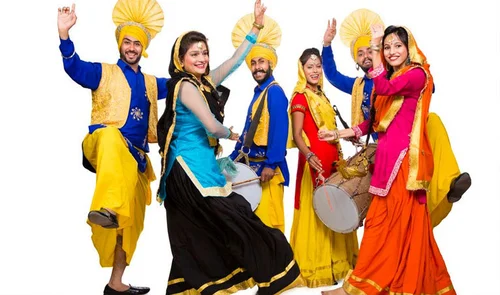
Bhangra today
A much deeper set of male ideals are connected to bhangra. The growth and manifestation of virility, vigor, and honor are recurrent themes. The majority of these values are set via work, industry, self-sufficiency in agriculture, loyalty, independence, and courage in personal, political, and military activities. Bhangra was a term used to describe both group dance amongst men and women as well as formal male performances. Bhangra has become well-established all across the world in the last 30 years. It was combined with hip-hop, house, and reggae musical genres, and as a result, it has been incorporated into mainstream Asian culture. Although some bhangra routines have been modified and altered throughout time, a feeling of cultural identity and heritage still lies at the heart of the dance.
Bhangra is mostly associated with Punjabi culture. At weddings, gatherings, and other occasions of joy and amusement, many individuals frequently display bhangra. Bhangra is a popular kind of fitness that is a great alternative to the gym. Bhangra is often done by guys, however, increasingly we see both men and women doing this dance style. We witness various kinds of individuals participate in Bhangra championships throughout the globe.
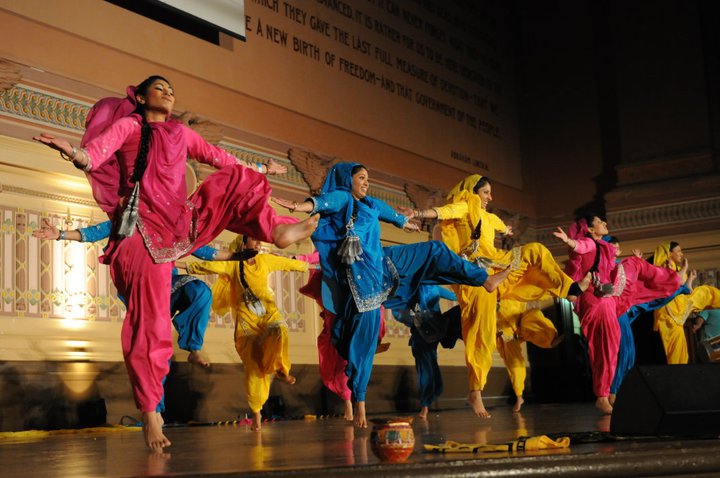
Women in bhangra
Bhangra is becoming a popular way for second-generation Punjabi women to stay connected to their culture. These young women frequently incorporate their bhangra routines into the club scene. By establishing her Basement Bhangra Parties, D.J. Rekha was one of the first South Asian women to popularise Bhangra in the United States. Many student organizations and neighborhood clubs have formed their bhangra teams. The majority of these teams are made up of a wide range of men and women with diverse backgrounds.
In conclusion, Bhangra is much more than just a folk dance and music form; it is a celebration of life, joy, and unity. Rooted in the rich agricultural history of Punjab, it has grown into a global cultural phenomenon, capturing the hearts of people worldwide. With its energetic beats, vibrant costumes, and contagious enthusiasm, Bhangra continues to be a cherished tradition, preserving the spirit of Punjab and celebrating the vibrant and diverse culture of India.
